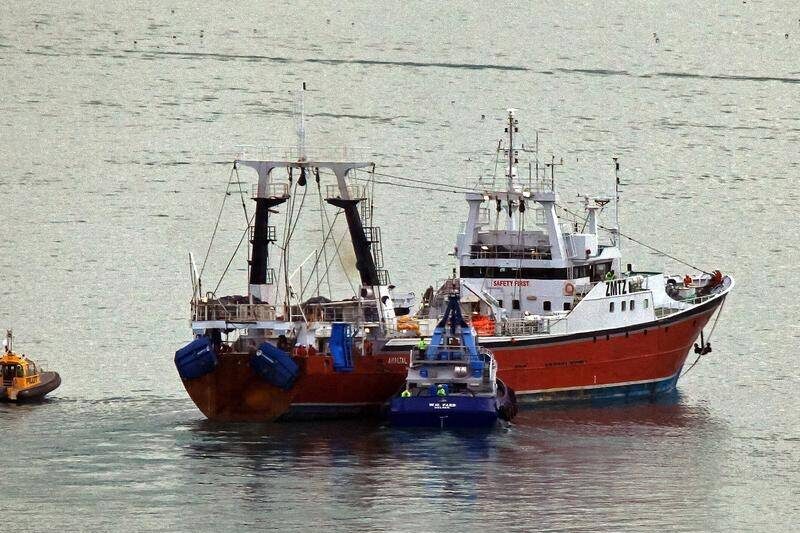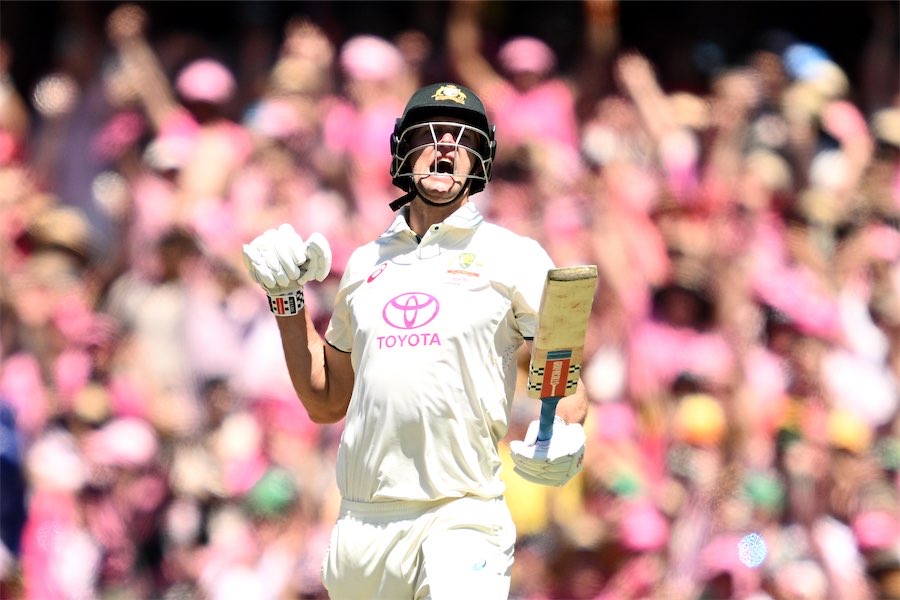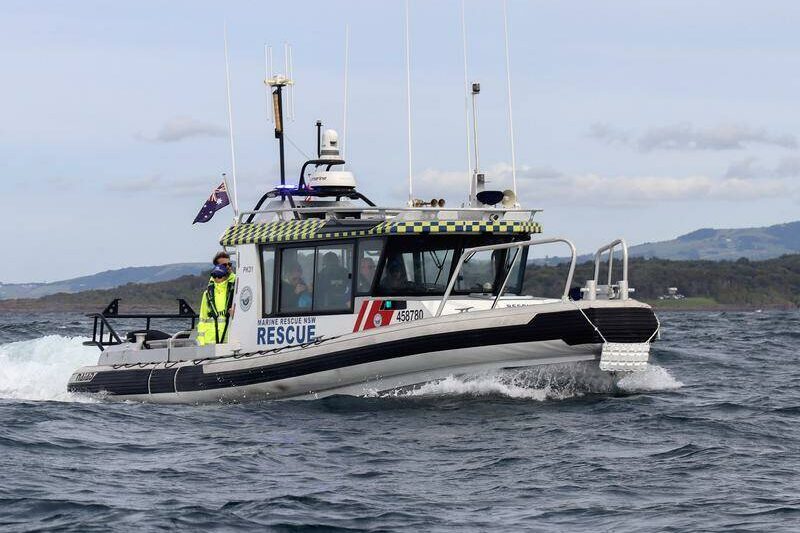
By Tracey Ferrier
A New Zealand super trawler has returned to Australia to target a threatened fish amid fears previous trips may be linked to a population crash.
Conservationists are disturbed by Australia’s decision to authorise the return of the Amaltal Explorer, a factory ship that will net orange roughy.
The extraordinary fish can live for more than 140 years and the species is listed as conservation dependent under national laws for imperilled wildlife.
They don’t start to breed until they’re about 30, leaving them highly vulnerable to overfishing.
That’s exactly what happened in the 1980s and 90s when stocks fell off a cliff and in 2006 Australia was forced to institute a fishing ban.
The one exception at the time was the Cascade Plateau fishing zone southeast of Hobart.
But the Australian Marine Conservation Society fears that site could now be in big trouble. It also has mounting concerns for the reopened eastern fishery off Tasmania’s northeast now the trawler is back.
The ship has onboard processing and freezers allowing it to fish in one spot for long periods. It’s billed as the workhorse of a deep-sea fleet owned by Talley’s – one of New Zealand’s largest agribusinesses.
Sustainable seafood campaigner Adrian Meder says that after the trawler fished Cascade Plateau in 2021 and 2022, the Australia industry began complaining consistent catches at the site had vanished.
He cites two trips by one of Australia’s largest deepwater trawlers last year that only managed seven tonnes from a total allowable catch of 437 tonnes.
Mr Meder is deeply troubled by the Australian Fisheries Management Authority’s failure to follow a scientific recommendation from the CSIRO to halve catch limits in the eastern zone.
Catch volumes that weren’t realised last year when the super trawler didn’t fish in that area have also been carried over, potentially doubling what it can take this year, he says.
In September, a research and scientific committee that feeds advice up the chain to the management authority met.
Minutes from that meeting suggest fishery managers were comforted, not concerned, by recent catches at Cascade Plateau as low as two and four per cent of what was approved.
”This lowers the (group’s) concern for recommending the TAC be rolled over for next season,” the minutes say.
“Despite the low catch in recent years, industry members noted the need to maintain the TAC at a level that will incentivise fishing in the region and support ongoing data collection.”
There was specific mention that further cuts “might make the stock commercially unviable”.
Mr Meder says the commercial considerations are worrying.
“They said you’ve got to incentivise fishing, well I don’t think you do,” he said.
“You want to be really, really careful that the fishing you are doing isn’t causing further problems of the sort that we well understand.”
The management authority says the trawler will only fish the eastern zone this time, intending to catch 60 per cent of the current 1320 tonne total allowable catch using quota owned by Australian companies.
It says catch limits are based on a 2021 CSIRO assessment that will allow stocks in the east to rebuild, and the latest assessment from Cascade Plateau, now 15 years old, suggests it’s sustainable.
New assessments are due next year.
Talley’s says orange roughy stocks off Tasmania are “highly sustainable” and the vessel will spend half its time doing science on the orange roughy for the CSIRO.
“The benefits to Australia are significant through the science being gathered and the provision of orange roughy for Australians,” says Leon Moore, the general manager of fishing.
Australia’s South East Trawl Fishing Industry Association says Australian vessels cannot catch the orange roughy “so without the Explorer the fish would be uncaught and quota owners would pay levies to AFMA”.
Who can be trusted?
In a world of spin and confusion, there’s never been a more important time to support independent journalism in Canberra.
If you trust our work online and want to enforce the power of independent voices, I invite you to make a small contribution.
Every dollar of support is invested back into our journalism to help keep citynews.com.au strong and free.
Thank you,
Ian Meikle, editor




![Canberra’s woodchopping association – the Hall and District Axemen’s Club – is rebranding to Capital Country Woodchopping.
“We didn’t want to be exclusively a Canberra association and we deliberately left any gender-specific wording out in the new name,” says president Cheyanne Girvan, 32.
“We also went a different [way] to other associations under NSW by not including ‘association’ in our name.”
Four years ago the Hall and District Axemen’s club’s membership was 25.
Cheyanne says this name change will give the club the versatility to grow into other areas and on to greater things.
To read on about Cheyanne's story with the woodchoppers, visit our website at citynews.com.au or click the link in our bio!
@@capitalcountrywoodchopping
#woodchopping #woodchoppinggirl #woodchoppingaustralia #axemen #axewomen #woodcutter #canberrastories #storiesthatmatter #citynews #journalism](https://citynews.com.au/wp-content/plugins/instagram-feed/img/placeholder.png)
Leave a Reply